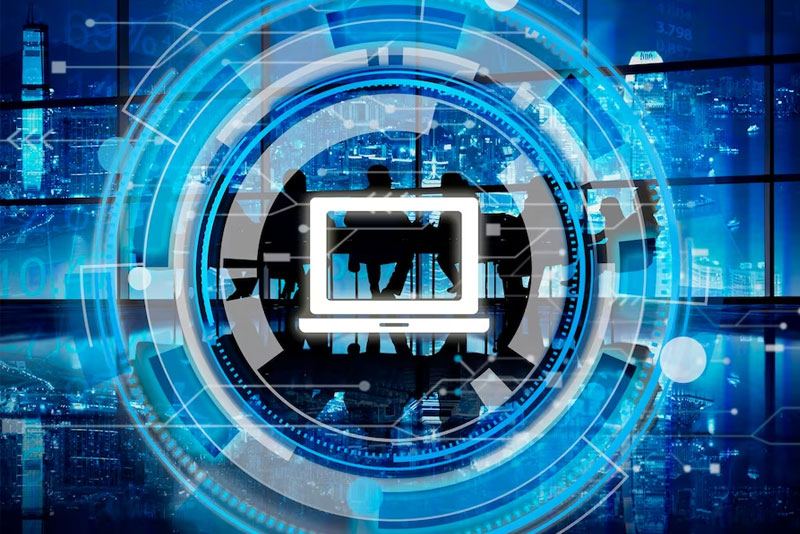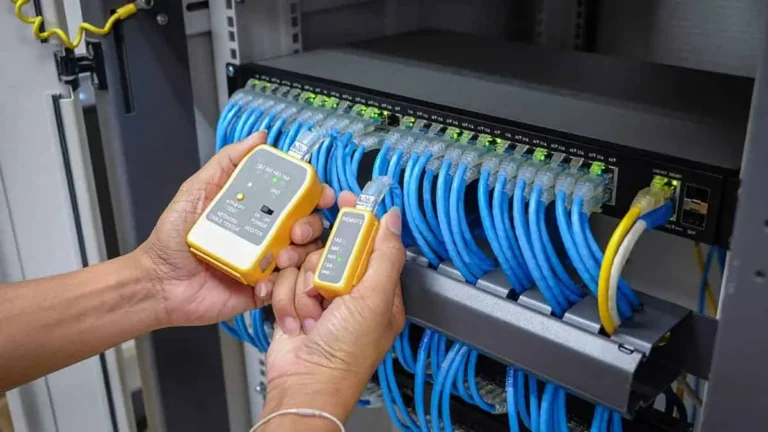Cybersecurity and infrastructure are two interdependent aspects that form the backbone of modern businesses. In today’s digital age, most businesses rely heavily on technology to manage and operate their critical infrastructure, including communication systems, power grids, transportation networks, and financial systems. However, with the rise of cyber threats and attacks, it has become increasingly important for businesses to integrate cybersecurity into their infrastructure planning and management. In this article, we will explore why cybersecurity and infrastructure go hand in hand.
The Importance of Integrating Cybersecurity into Infrastructure Planning and Management
Infrastructure is the foundation upon which any business operates, and it comprises all the physical and virtual components that enable the business to function. These components include hardware devices, servers, networks, databases, and software applications. The infrastructure also includes the people, processes, and policies that govern the use and management of these components. While businesses invest heavily in securing their physical infrastructure, such as buildings and warehouses, they often overlook the cybersecurity risks associated with their digital infrastructure.
Cyber threats such as hacking, phishing, ransomware attacks, and malware can cause significant damage to a business’s infrastructure, leading to data breaches, financial loss, reputational damage, and legal liabilities. Such threats can also impact the overall performance and availability of critical infrastructure components, leading to downtime, disruptions, and loss of productivity. As a result, cybersecurity has become a critical component of infrastructure planning and management.
How do Cybersecurity and Infrastructure work together to protect modern businesses?
To ensure the security of their infrastructure, businesses must adopt a holistic cybersecurity strategy that encompasses all aspects of their digital infrastructure, including their hardware, software, networks, and people. This strategy should include regular risk assessments, vulnerability testing, threat monitoring, and incident response planning. Additionally, businesses must ensure that their infrastructure components are regularly updated with the latest security patches and that their employees are trained in the best cybersecurity practices.
Integrating cybersecurity into infrastructure planning and management can bring several benefits to businesses. For instance, it can help them identify and mitigate potential cybersecurity risks before they become actual threats. It can also help businesses comply with industry regulations and standards, such as the General Data Protection Regulation (GDPR) and the Payment Card Industry Data Security Standard (PCI DSS). Furthermore, it can enhance the overall resilience and agility of their infrastructure, allowing them to quickly respond to emerging cybersecurity threats.
Concluding Thoughts
Cybersecurity and infrastructure are two essential components that go hand in hand. With the growing number of cyber threats and attacks, businesses must prioritize the integration of cybersecurity into their infrastructure planning and management. Doing so can bring several benefits, including enhanced security, compliance, and resilience. By adopting a holistic cybersecurity strategy, businesses can ensure the long-term sustainability and success of their infrastructure in today’s digital age.





